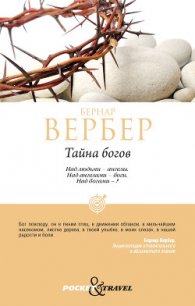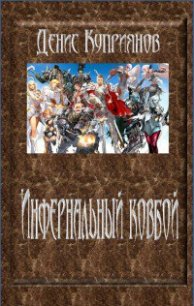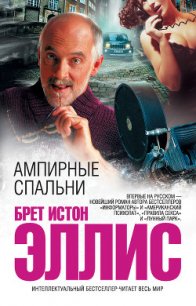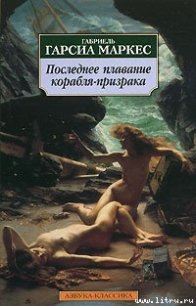Jurassic Park - Crichton Michael (книги онлайн полные .TXT) 📗
Elena rushed forward, screaming, and the lizards fled into the darkness. But long before she reached the bassinet, she could see what had happened to the infant's face, and she knew the child must be dead. The lizards scattered into the rainy night, chirping and squealing, leaving behind only bloody three-toed tracks, like birds.
The Shape of the Data
Later, when she was calmer, Elena Morales decided not to report the lizard attack. Despite the horror she had seen, she began to worry that she might be criticized for leaving the baby unguarded. So she told the mother that the baby had asphyxiated, and she reported the death on the forms she sent to San Jose as SIDS: sudden infant death syndrome. This was a syndrome of unexplained death among very young children; it was unremarkable, and her report went unchallenged.
The university lab in San Jose that analyzed the saliva sample from Tina Bowman's arm made several remarkable discoveries. There was, as expected, a great deal of serotonin. But among the salivary proteins was a real monster: molecular mass of 1,980, one of the largest proteins known. Biological activity was still under study, but it seemed to be a neurotoxic poison related to cobra venom, although more primitive in structure.
The lab also detected trace quantities of the gamma-amino metbionine hydrolase. Because this enzyme was a marker for genetic engineering, and not found in wild animals, technicians assumed it was a lab contaminant and did not report it when they called Dr, Cruz, the referring physician in Puntarenas.
The lizard fragment rested in the freezer at Columbia University, awaiting the return of Dr. Simpson, who was not expected for at least a month. And so things might have remained, had not a technician named Alice Levin walked into the Tropical Diseases Laboratory, seen Tina Bowman's picture, and said, "Oh, whose kid drew the dinosaur?"
"What?" Richard Stone said, turning slowly toward her.
"The dinosaur. Isn't that what it is? My kid draws them all the time."
"This is a lizard," Stone said. "From Costa Rica. Some girl down there drew a picture of it."
"No," Alice Levin said, shaking her head. "Look at it. It's very clear. Big head, long neck, stands on its hind legs, thick tail. It's a dinosaur."
"It can't be. It was only a foot tall."
"So? There were little dinosaurs back then," Alice said. "Believe me, I know. I have two boys, I'm an expert. The smallest dinosaurs were under a foot. Teenysaurus or something, I don't know. Those names are impossible. You'll never learn those names if you're over the age of ten."
"You don't understand," Richard Stone said. "This is a picture of a contemporary animal. They sent us a fragment of the animal. It's in the freezer now." Stone went and got it, and shook it out of the baggie.
Alice Levin looked at the frozen piece of leg and tail, and shrugged. She didn't touch it. "I don't know," she said. "But that looks like a dinosaur to me."
Stone shook his head. "Impossible."
"Why?" Alice Levin said. "It could be a leftover or a remnant or whatever they call them."
Stone continued to shake his head. Alice was uninformed; she was just a technician who worked in the bacteriology lab down the hall. And she had an active imagination. Stone remembered the time when she thought she was being followed by one of the surgical orderlies…
"You know," Alice Levin said, "if this is a dinosaur, Richard, it could be a big deal."
"It's not a dinosaur."
"Has anybody checked it.
"No," Stone said.
"Well, take it to the Museum of Natural History or something," Alice Levin said. "You really should."
"I'd be embarrassed."
"You want me to do it for you?" she said.
"No," Richard Stone said. "I don't."
"You're not going to do anything?"
"Nothing at all." He put the baggie back in the freezer and slammed the door. "It's not a dinosaur, it's a lizard. And whatever it is, it can wait until Dr. Simpson gets back from Borneo to identify it. That's final, Alice. This lizard's not going anywhere."




